Jump to:
What is quinoa?
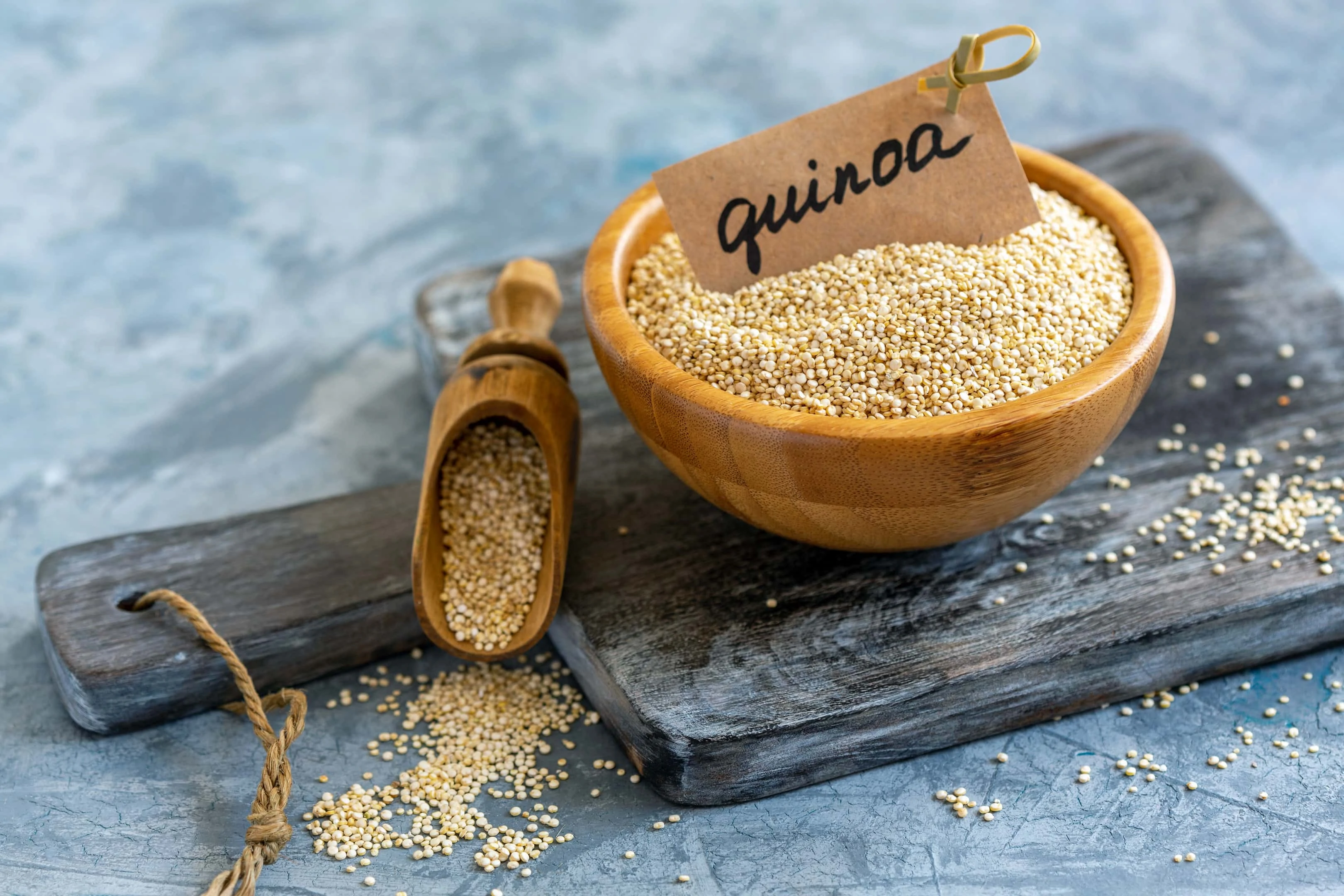
Quinoa (originally Chenopodium quinoa), is a seed that was discovered in the Andes mountains thousands of years ago. It is pronounced as Keen-wah. Quinoa requires a cold environment to grow, hence it grows on mountain tops. It is known as a “pseudo-cereal” — a is food that is prepared and eaten similarly to cereals and grains. Technically, it is not considered a grain since it comes from a plant, though people prefer to refer to it as a whole grain.
What types of quinoa are there?
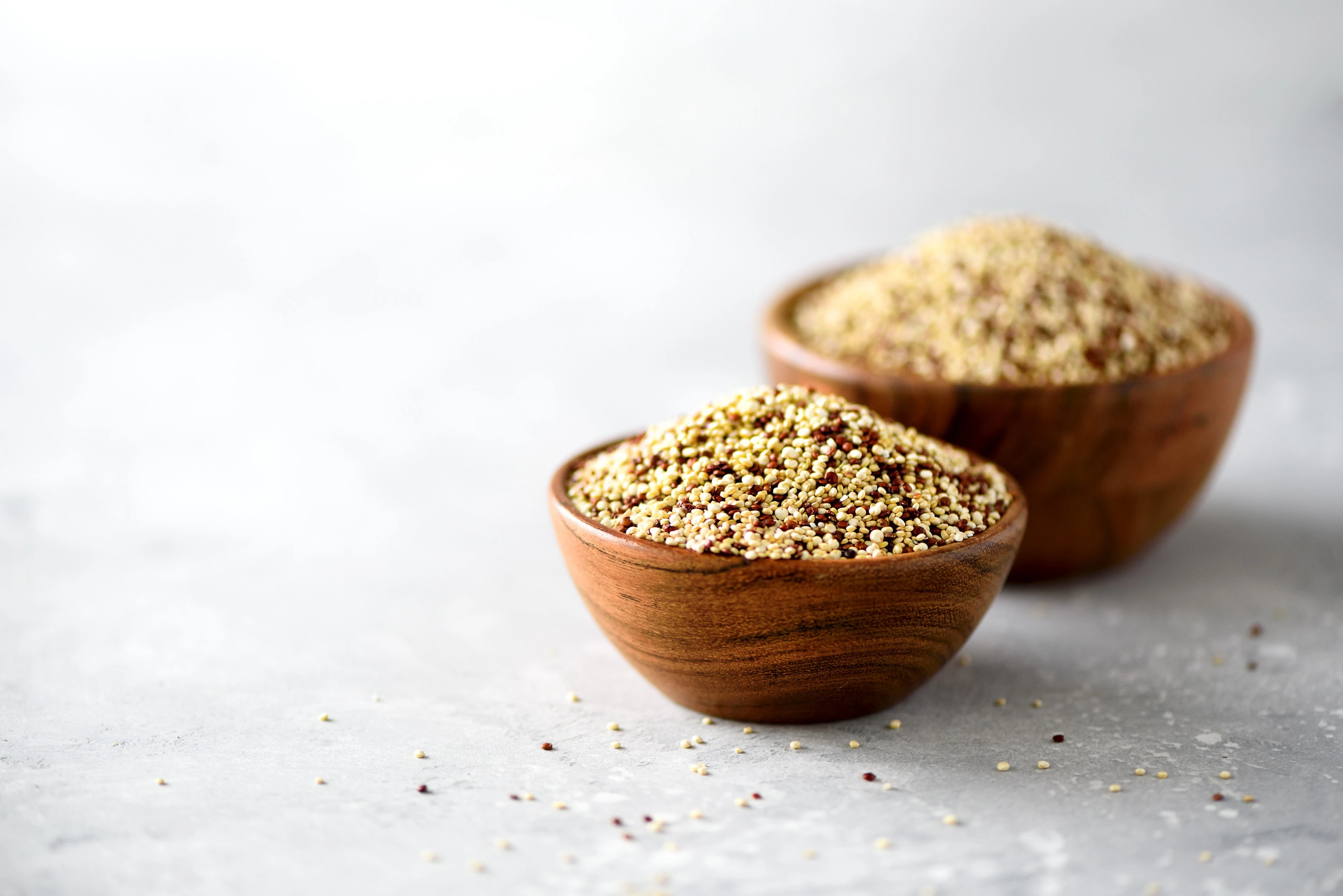
There are over 120 different types of quinoa, but the most common types are white (also known as golden), black and red, though there is no significant difference between them. There are slight differences in cooking times and chewiness. There are even cool colors such as purple, pink, gray, orange, and green.
- White quinoa cooks quite quickly, has a fluffy and less crunchy texture after cooking, and doesn’t retain its shape after cooking.
- Black quinoa is the crunchiest, takes the longest to cook, and is slightly sweeter than red and white quinoa.
- Red quinoa lies somewhere in the middle of both and is most preferred for salads because it retains its shape after cooking.
These slight differences aside, they all provide the same high-quality nutrition and nutty flavor. Quinoa is a complete protein that contains all nine essential amino acids, which include leucine, phenylalanine, lysine, threonine, methionine, isoleucine, tryptophan, histidine, and valine. Amino acids are the building blocks for protein synthesis in the body. There are two types, non-essential (can be made by the body) and essential amino acids (cannot be made by the body and so must be obtained from food).
The high protein content makes it an excellent protein source for vegetarians, vegans, and anyone requiring increased protein intake. Quinoa can be eaten boiled, steamed, stewed, and made into flour for baking, or for avid quinoa lovers, it can be eaten as quinoa chips, quinoa pasta, quinoa chocolate, quinoa breakfast cereal, and quinoa bread.
Quinoa nutrition facts and health benefits
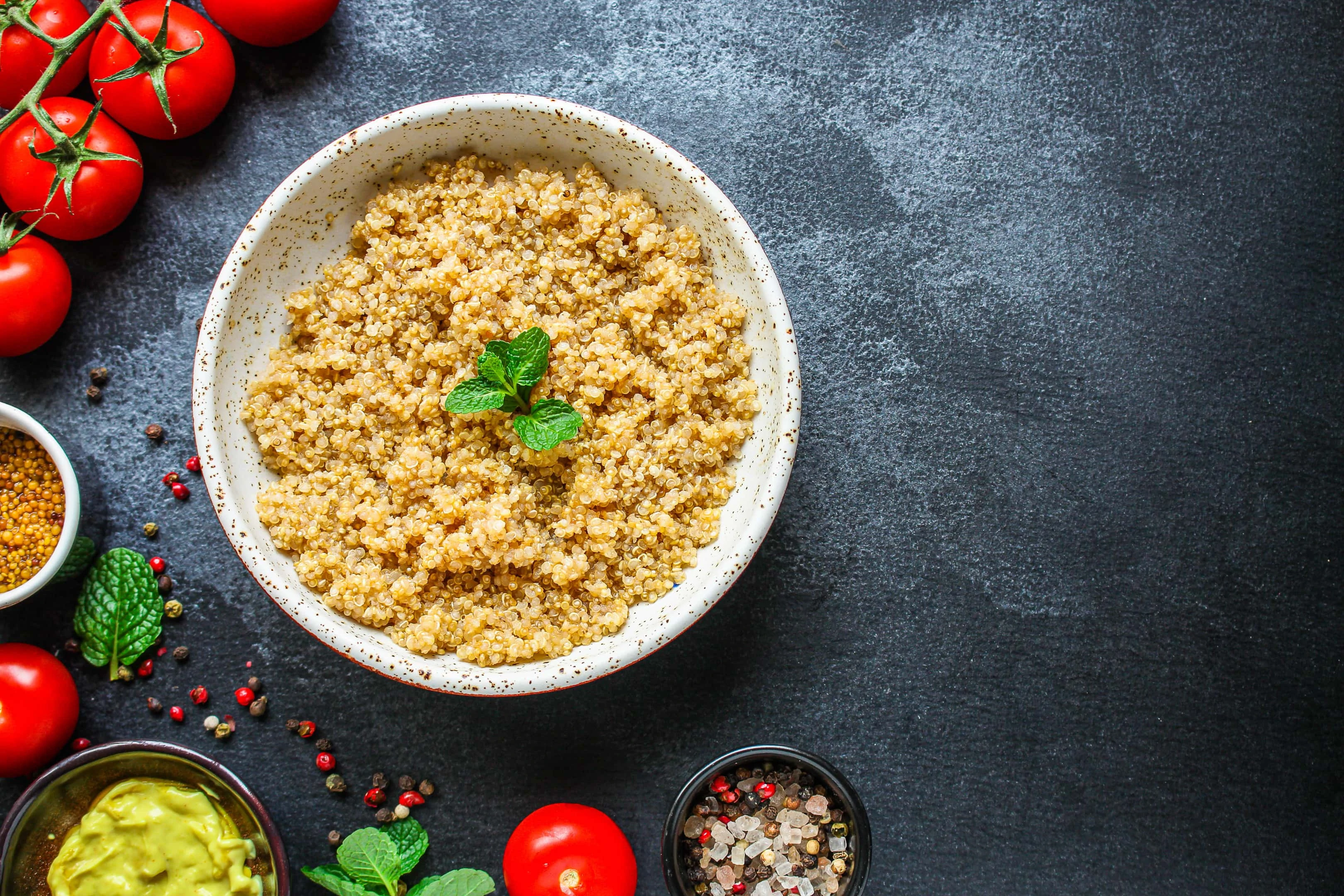
The nutritional components of quinoa far exceed the average seed or grain. Quinoa is said to have an exceptional balance of protein, oil, fat, minerals, fatty acids, antioxidants, and vitamins. The pseudo-cereal is abundant in protein, fiber, B vitamins (except vitamin B12), magnesium, phosphorus, manganese, folate, and iron. The protein content is considered exceptional, as it makes up 15 percent of the quinoa seed. A half-cup of quinoa is said to contain 17 percent of the daily iron requirement for men, and almost 8 percent of the daily requirement for women. The fiber content (mostly insoluble fiber) of quinoa is two times higher than most grains.
According to the U.S. Department of Agriculture (USDA), 1 cup of cooked quinoa contains:
- Calories — 222
- Carbs — 39g
- Protein — 8g
- Fat — 6g
- Fiber — 5g
- Sugar — 1g
The following minerals are present in quinoa and contribute to the recommended daily allowance (RDA): Manganese (58%), Magnesium (30%), Phosphorus (28%), Folate (19%), Copper (18%), Iron (15%), Zinc (13%), Potassium (9%), and small quantities of calcium, and vitamins B1, B2, B3, B6, and vitamin E.
What makes quinoa an exceptional food compared to other plants
- Quinoa contains phytohormones such as phytoestrogen, which is a potential treatment for menopause symptoms.
- It contains more protein than a significant number of plants.
- Quinoa has a higher nutritional profile than other cereals.
- It may help lower levels of low-density-lipoprotein (LDL), which are considered bad cholesterol.
- Due to its high fiber content, quinoa is potentially protective against certain types of cancer, such as colon cancer.
- Due to its high level of magnesium, quinoa promotes good heart health and is considered beneficial for people with type 2 diabetes (which is commonly associated with magnesium deficiency).
- Quinoa is rich in flavonoids such as quercetin and kaempferol, which play a role in anti-inflammatory, anti-viral, anti-cancer, and anti-depressant mechanisms.
These nutrition components and the health benefits of quinoa are good reasons why the pseudo-cereal is popularly called a superfood or ‘super grain.’
Nutritional downsides of quinoa
It contains phytic acid, a common compound in plant seeds that can bind to magnesium, potassium, zinc, and iron, thereby limiting their absorption in the body. However, soaking is believed to help with this issue, as soaking reduces the level of phytic acid content and increases the bioavailability of the minerals(1).
Most of the fiber is insoluble, which is non-digestible. Because it cannot be broken down, it moves through the digestive tract without providing any energy (calories) or nutrients. However, it helps to alleviate constipation by absorbing fluid.
Quinoa has a high content of oxalates. Oxalates are known to reduce the absorption of calcium.
Is quinoa keto-friendly?
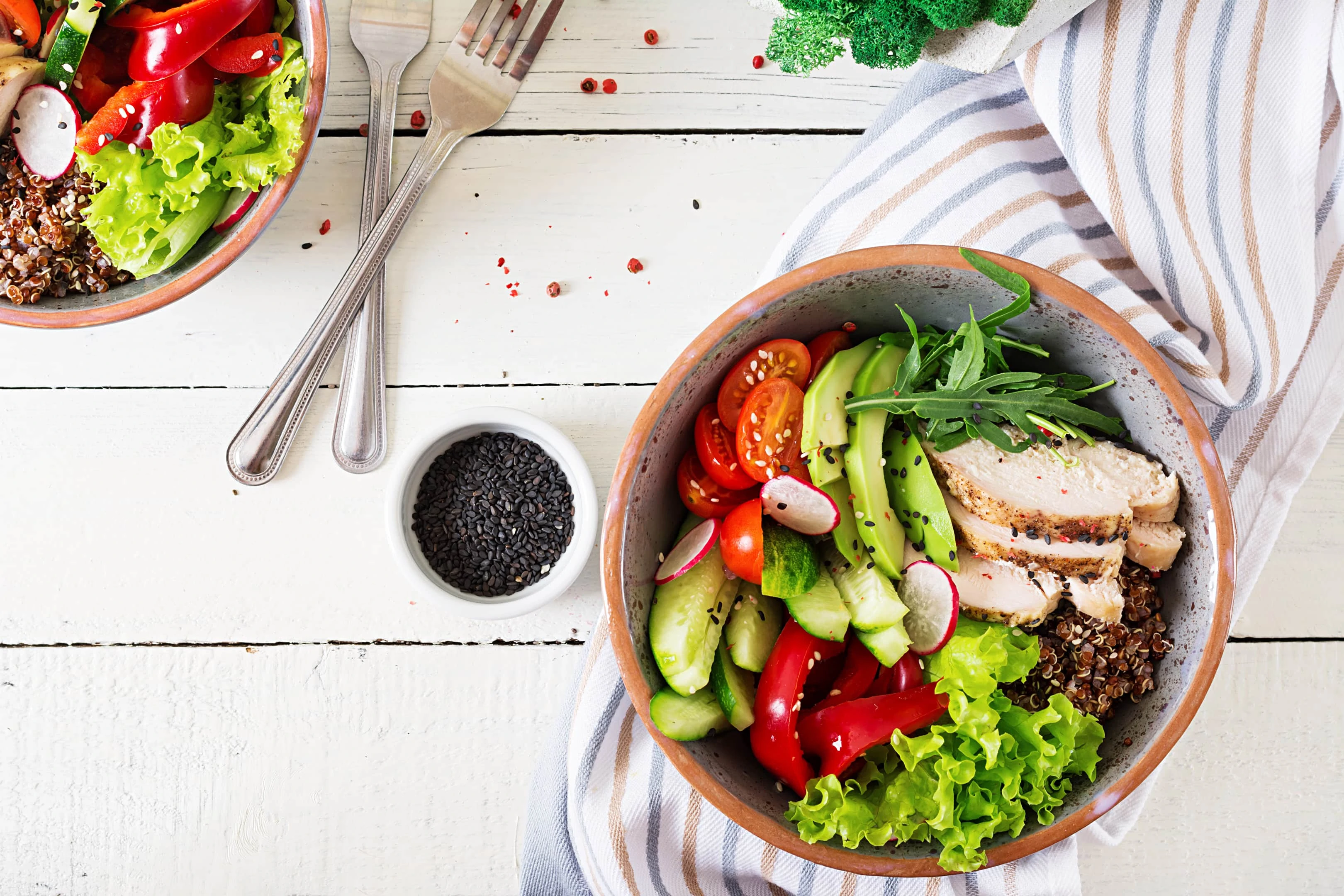
First, let's briefly talk about what keto is. The ketogenic diet is a type of low carb diet that focuses on achieving ketosis. Ketosis is a metabolic process that involves using fat as a source of energy instead of the glucose broken from carbohydrates. When fat is used as a primary source of energy, this results in the production of chemicals called ketones, which is what is used as fuel. There are three types of ketogenic diets: standard, targeted, and cyclical.
- The standard ketogenic diet (SKD) - which consists of 70% fat, 20% protein, and only 10% carbs.
- The carbohydrate range for the targeted keto diet (TKD) is 20 to 50 grams.
- The cyclical keto diet (CKD) is mostly used by athletes who work out intensely. CKD involves following the SKD plan for five days a week, and the remaining two days are called carb-loading days. While carb-loading, athletes can eat between 400 to 600 grams of carbohydrates, and reduce fat consumption. Carb-loading is done to ensure that the glycogen stores are adequately filled so that athletes can maintain the same intensity of training.
- The answer — Unfortunately, quinoa is not keto-friendly. The very high carbohydrate content can make it difficult to maintain ketosis. Even if the serving of quinoa is halved, and you have just half a cup per meal, the calorie content would still be too high for a ketogenic diet.
There are delicious alternatives to quinoa though, which include:
- Riced cauliflower or broccoli
- Shredded water chestnut rice
- Riced daikon
- Rutabaga rice
- Flax seeds
- Chopped cabbage
What if you want to fit quinoa into your low carb diet?
Regardless of whether you are on a strict keto diet where your carb limit is 20g per day, or on a relaxed keto diet where your carb limit is up to 50g per day, the serving size of quinoa is the key. Avoid eating full-sized portions of quinoa and try to eat it infrequently. When eating quinoa, you would need to restrict carbohydrate consumption through the rest of the meal. It is generally best to eat quinoa with a protein and/or at fat dense meals.
Also, when preparing your quinoa, make sure to avoid drenching it in sauces or dressings which can raise the carbohydrate content of your meal. You might even consider adding the quinoa as a garnish to your meal rather than eating it as a meal on its own, to avoid excessive carbohydrate intake.
Some people think that it is possible to enjoy quinoa and maintain ketosis by mixing it with low-carb foods. However, if you want to be on the safe side, it is best to keep quinoa out of your ketogenic diet completely.
Is quinoa gluten-free?
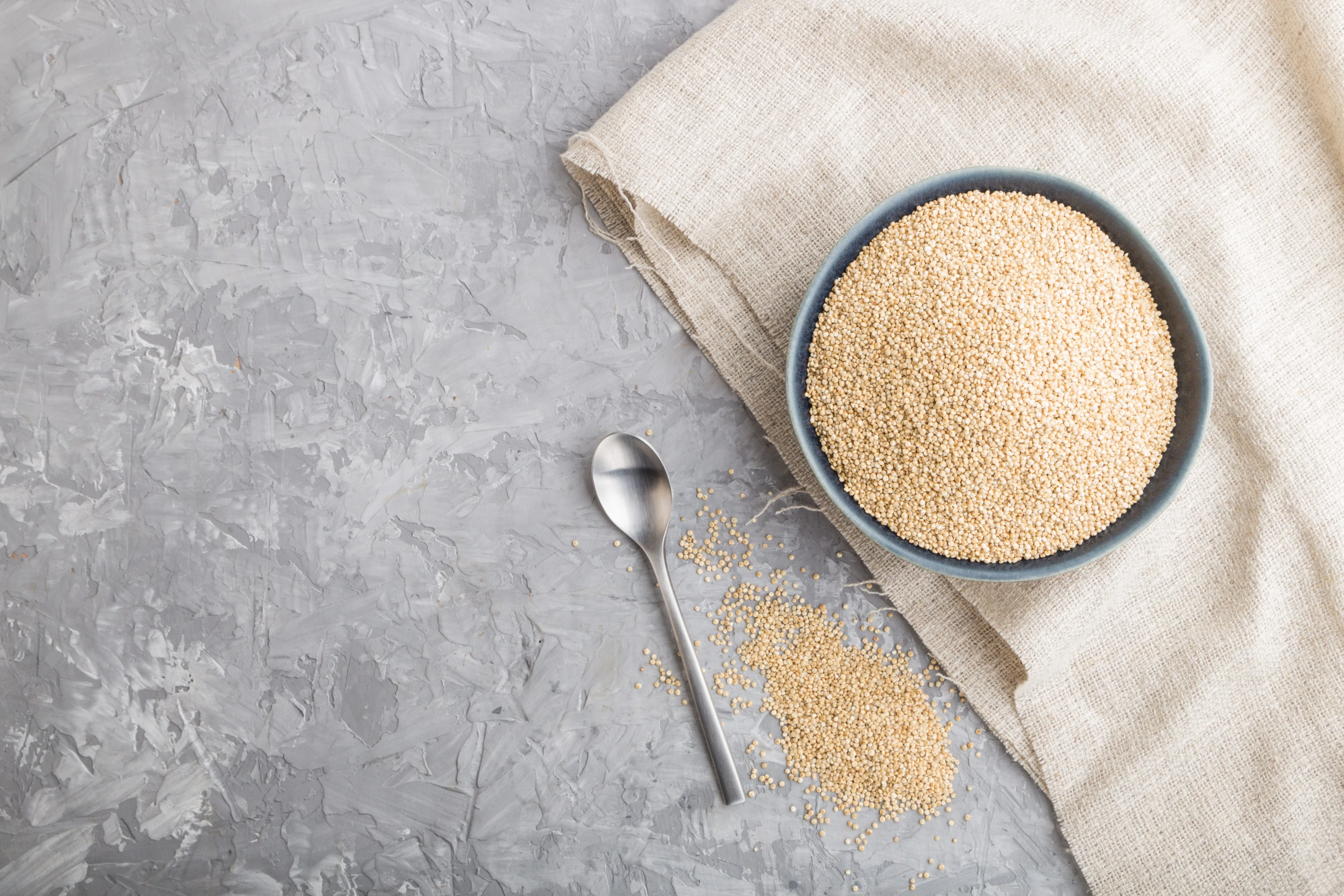
Yes, quinoa is completely and naturally free from gluten. This makes it beneficial for individuals with celiac disease (gluten intolerance). Gluten is a protein found in common grains such as barley, spelt, and rye. People with celiac disease often experience symptoms such as bloating, gas, and fatigue when they eat gluten.
Quinoa is great for people on gluten-free diets because their diet is usually lacking in many essential nutrients (iron, calcium, fiber, thiamin, riboflavin, niacin, and folate), and quinoa is rich in many of these nutrients. Research has reported that the addition of quinoa to gluten-free diets result in substantial increases in protein, iron, calcium, and fiber intake (2).
Further, the addition of quinoa to gluten-free products increases their polyphenol content. Polyphenols are antioxidant-rich micronutrients that aid in digestion, improve brain health, and protect against heart disease, type 2 diabetes, and some cancers.
- One caveat — Quinoa is usually prepared and handled in facilities that use wheat, barley, and rye. This means cross-contamination can occur between the grains, making it unsafe for a person with celiac disease. Depending on your level of gluten sensitivity, it is important to look for certified gluten-free labels on the packaging when shopping for quinoa.
- Other issues — prolamins — Quinoa contain the prolamins gliadin and glutenin, which are proteins that can trigger symptoms in gluten-intolerant individuals. So, depending on your level of sensitivity, you may want to increase your quinoa intake gradually to make sure you can tolerate it.
Is quinoa good for you to lose weight?
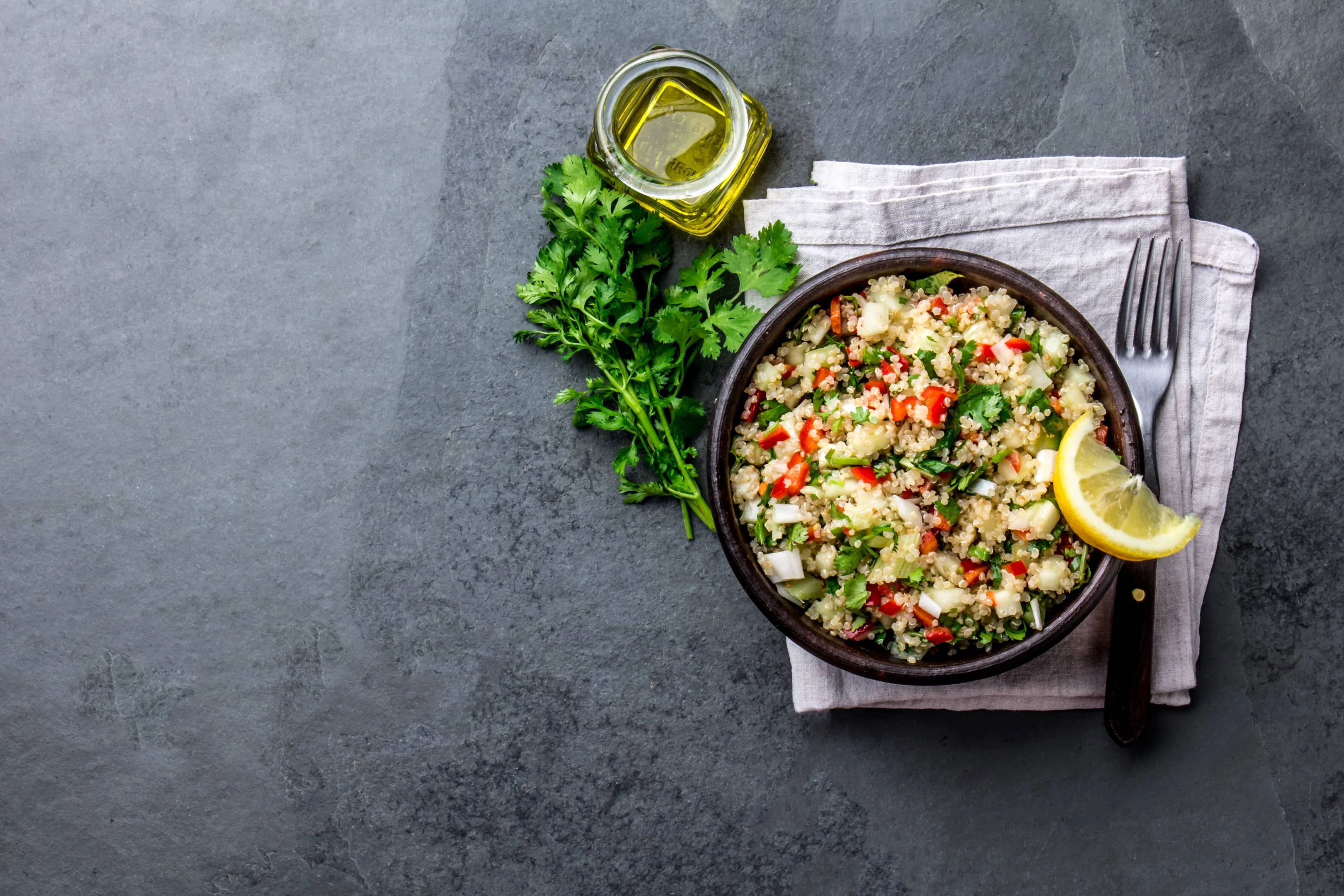
Yes, but only if eaten in moderation. The high fiber content of quinoa means it can increase the feelings of fullness, which helps to prevent overeating. The high protein content helps to prevent muscle loss. The more muscle you have, the more fat you burn while your body is at rest. However, quinoa is a calorie-dense food, so portion control is very important.
Apart from body weight, quinoa helps to lower blood cholesterol levels. This is because the digestion of fiber requires bile acids that are partially made from cholesterol. The high fiber content of quinoa means the production of bile acids is increased, which over time can lead to significant reductions in the amount of LDL cholesterol (bad cholesterol).
Is quinoa low carb?
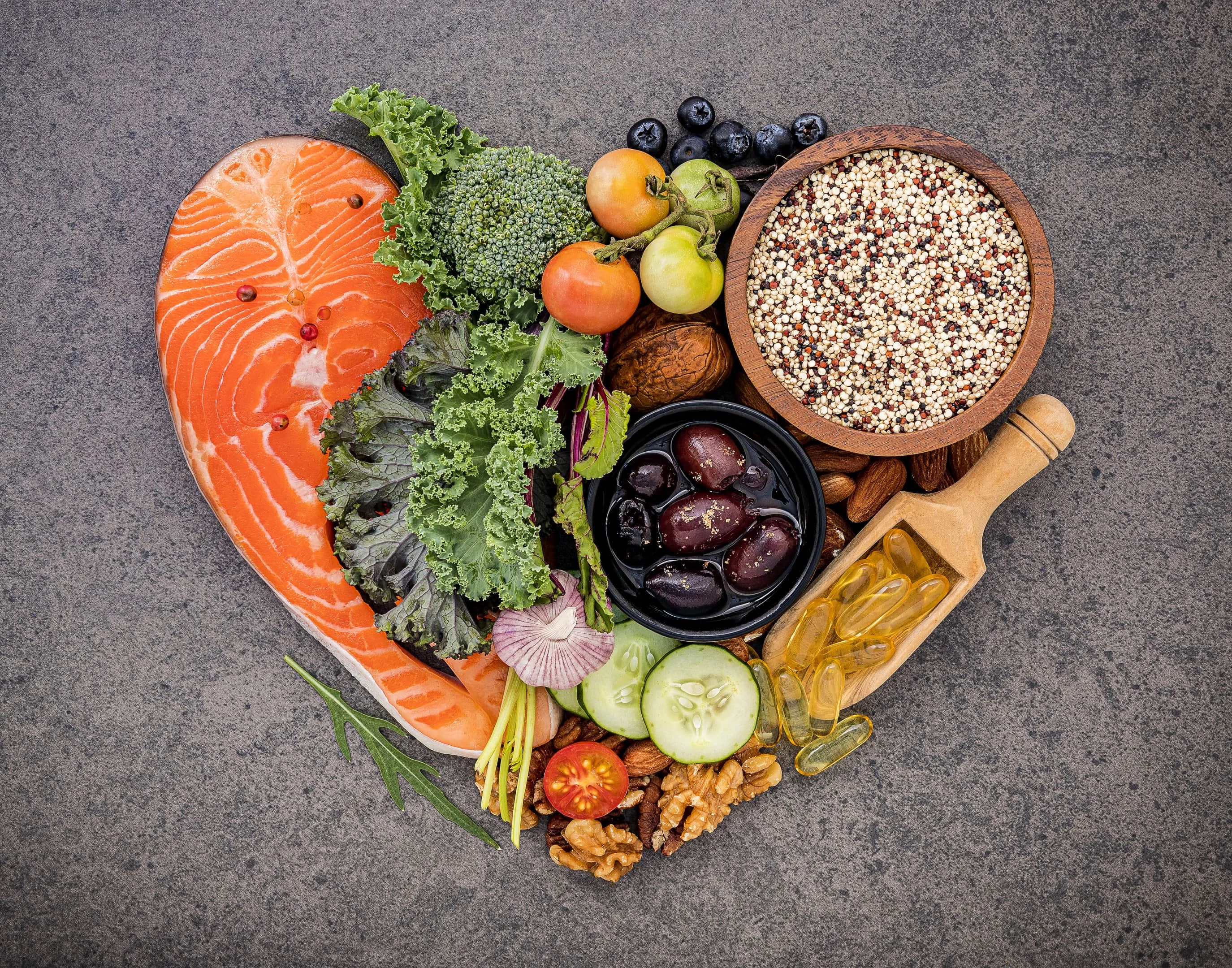
Unfortunately, no; quinoa is not a low-carb food. As previously stated, one cup of cooked quinoa has around 39 grams of carbohydrates, which is significantly higher (50%) than the carbohydrate component of brown rice and almost as many carbs as white rice.
Therefore, if you are on a low carb diet, it is probably better for you to limit your quinoa consumption. Of course, this depends on the intensity of your low-carb diet, whether it is moderate low carb or strict low carb. Regardless, if achieving and maintaining a weight loss is your goal, you need to be cautious of your quinoa intake. Try to avoid eating your quinoa meal with starch-rich vegetables which are loaded with carbohydrates.
Quinoa and diabetes
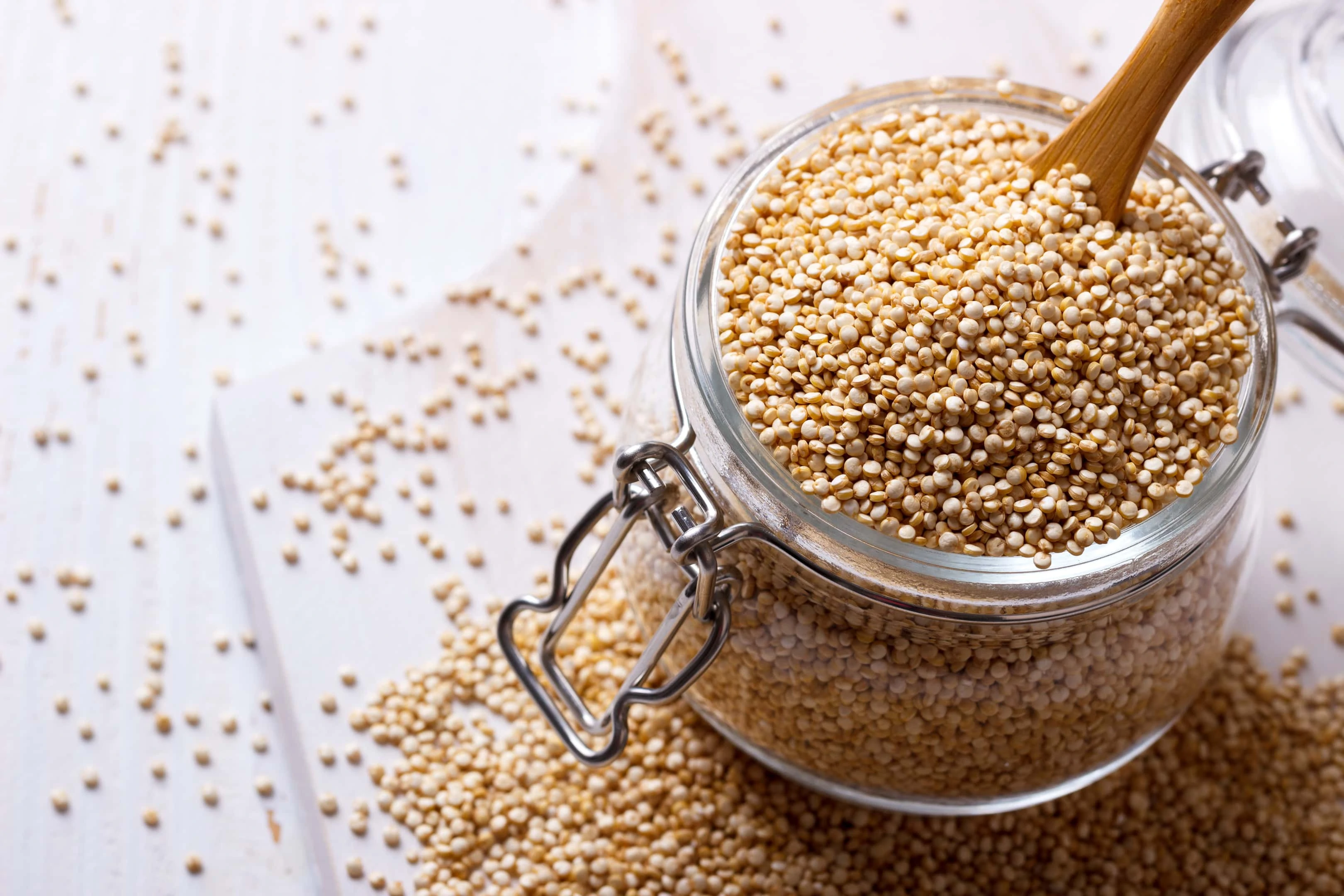
Although quinoa is a carbohydrate-rich food, not all carbs are equal. Quinoa can potentially help to manage Type 2 diabetes and its associated symptoms. How?
- Low glycemic index — Quinoa has a low glycemic index of 53. This means that it will raise your blood glucose levels slowly over time, as opposed to causing a sharp increase followed by a rapid decrease. This can also help to reduce the risk of obesity-associated type 2 diabetes; you'll eat less often if your blood glucose levels stay balanced.
Summary
Quinoa is not keto-friendly or low in carbohydrates, but it is highly nutritious, provides benefits for type 2 diabetics, and may help facilitate weight loss.

A writer passionate about wellness, nutrition, and intentional living. She creates engaging, research-based content that empowers readers to live healthier lives. Through every article, she brings clarity, inspiration, and a touch of everyday practicality. Read more about Juliana.



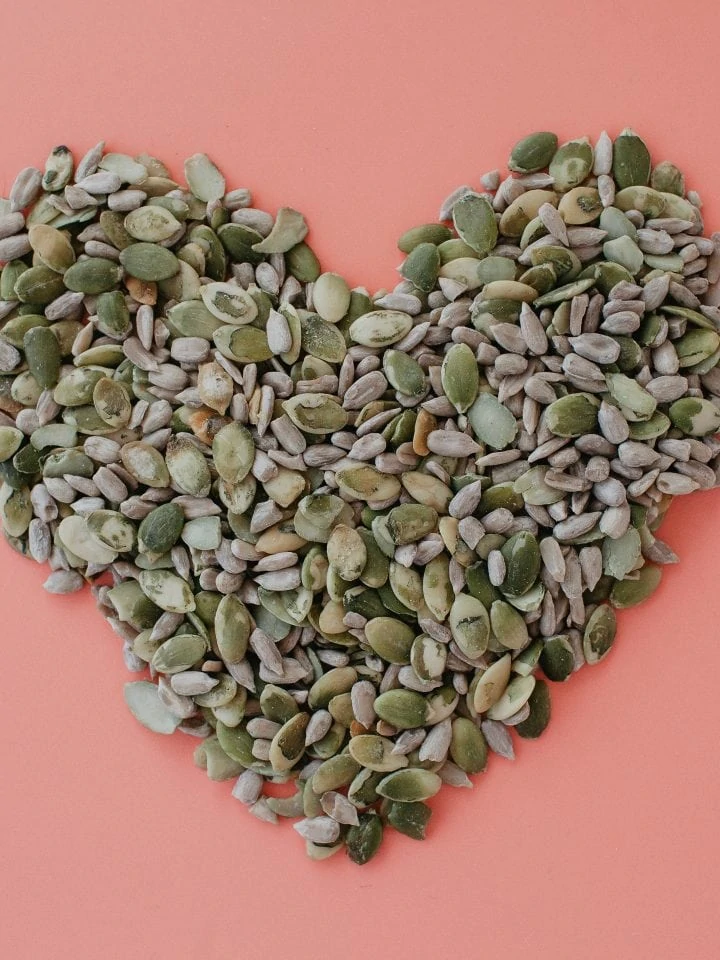



Comments
No Comments